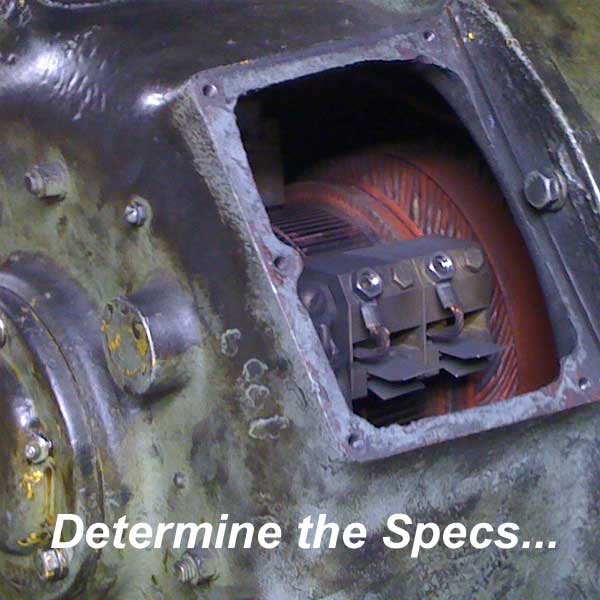"Bad input command" seems like it should be a "bad command signal"
Definition of command signal: a voltage supplied by the controller in a motion control system that commands a precise movement of a motor within a specific time frame with the desire motion profile.
A bad command signal may indicate that the controller is issuing a command voltage that is out of range. I have to admit, I am not familiar with this error. Anyone else have some feedback on bad command signals?
Definition of command signal: a voltage supplied by the controller in a motion control system that commands a precise movement of a motor within a specific time frame with the desire motion profile.
A bad command signal may indicate that the controller is issuing a command voltage that is out of range. I have to admit, I am not familiar with this error. Anyone else have some feedback on bad command signals?

